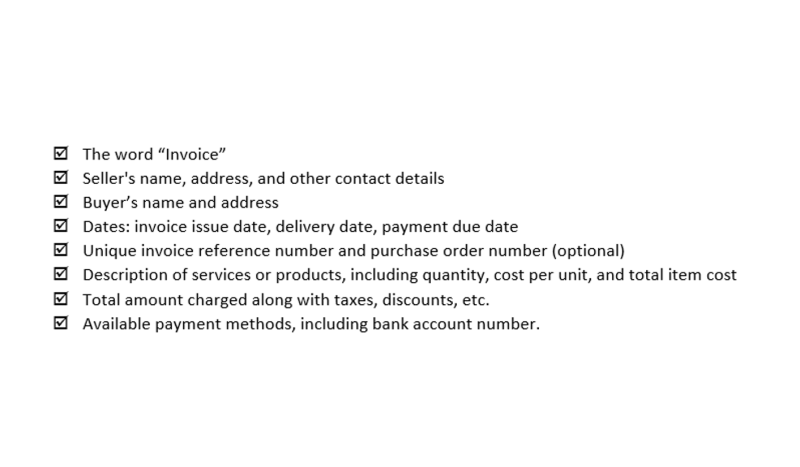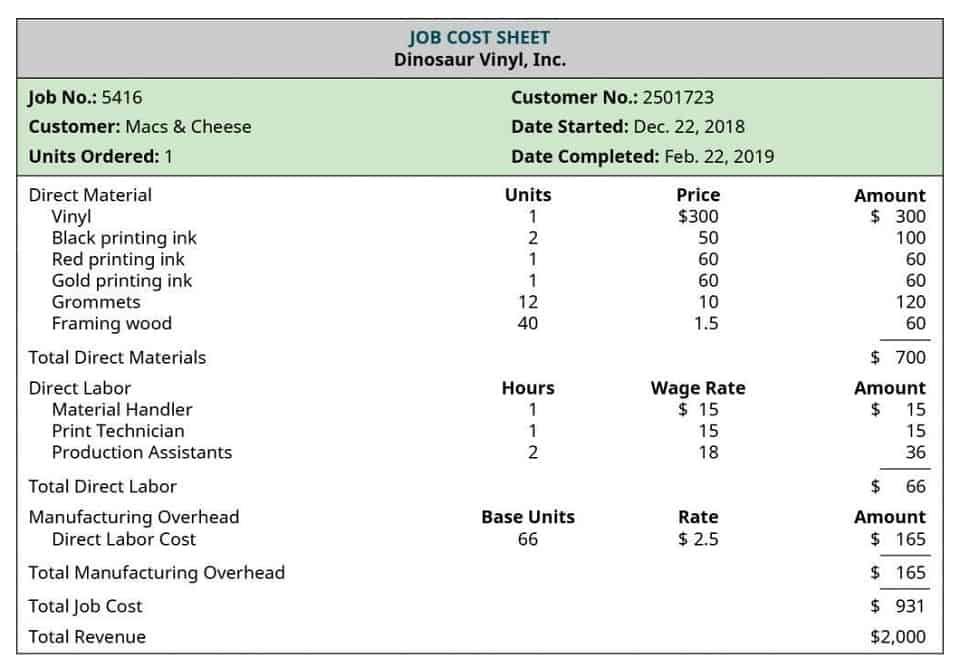Trial Balance: Definition, How It Works, Purpose, and Requirements

Once all the monthly transactions have been analyzed, journalized, and posted on a continuous day-to-day basis over the accounting period (a month in our example), we are ready to start working on preparing a trial balance (unadjusted). Preparing an unadjusted trial balance is the fourth step in the accounting cycle. A trial balance is a list of all accounts in the general ledger that have nonzero balances. A trial balance is an important step in the accounting process, because it helps identify any computational errors throughout the first three steps in the cycle. The financial information, which is classified and grouped in the various ledger accounts, is now totaled for each account.
Credit Cards Showcase
A balanced trial balance hints at no apparent accounting error, whereas discrepancies imply an error somewhere in the account balances. Since the debit and credit columns equal each other totaling a zero balance, we can move in the year-end financial statement preparation process and finish the accounting cycle for the period. As the bookkeepers and accountants examine the report and find errors in the accounts, they record adjusting journal entries to correct them.
- When the total debits and total credits are not equal, it is a clear indication that a mistake has been committed in the journalizing and/or posting process.
- Using accounting software like QuickBooks Online can do all these tasks for you behind the scenes.
- If it divides exactly, you may have made a transposition error (e.g., entering 1985 rather than 1895).
- This additional level of detail reveals the activity in an account during an accounting period, which makes it easier to conduct research and spot possible errors.
- This trial balance has the final balances in all the accounts, and it is used to prepare the financial statements.
- It is not distributed elsewhere within an organization, and it is not read by outside parties, other than the auditors.
Debit and Credit Accounts
- In a nutshell, a trial balance is an informal accounting statement, prepared with the help of ledger account balances.
- Tax accountants and auditors also use this report to prepare tax returns and begin the audit process.
- A trial balance may contain all the major accounting items, including assets, liabilities, equity, revenues, expenses, gains, and losses.
- Not all accounts in the chart of accounts are included on the TB, however.
- When you migrate to new accounting software systems, errors can occur without proper field mapping during the software conversion process.
- This is called a “closing entry.” If the company earned a profit, the retained earnings account will be increased.
Internal accountants, on the other hand, tend to look at global trends of each account. For instance, they might notice that accounts receivable increased drastically over the year and look into the details to see why. The trial balance is strictly a report that is compiled from the accounting records.
Trial Balance: Definition; How It Works; Purpose; and Requirements

To balance the equation, a double-entry system with debits and credits is used. A debit increases the asset balance while a credit increases the liability or equity. This is required because they are on different sides of the accounting equation. This results in the majority of asset accounts having debit balances, and the majority of liability and equity accounts having credit balances. It is made as an attempt to prove that the total of ledger accounts with a debit balance is equal to the total of ledger accounts with a credit balance.
Unadjusted Trial Balance
This list will contain the name of each nominal ledger account in the order of liquidity and the value of that nominal ledger balance. Each nominal ledger account will hold either a debit balance or a credit balance. The debit balance values will be listed in the debit column of the trial balance and the credit value balance will be listed in the https://www.bookstime.com/ credit column. The trading profit and loss statement and balance sheet and other financial reports can then be produced using the ledger accounts listed on the same balance. After analyzing transactions, recording them in the journal, and posting into the ledger, we enter the fourth step in the accounting process – preparing a trial balance.

Step 1 of 3

Bookkeepers, accountants, and small business owners use trial balances to check their accounting for errors. The unadjusted trial balance is the initial report you use to check for errors, and the adjusted trial balance includes adjustments for errors. A trial balance is an accounting report you put together at the end of an accounting period to ensure the general accounting ledger is correct and the total debits match the total credits.
If the final balance in the ledger account (T-account) is a debit balance, you will record the total in the left column of the trial balance. If the final balance in the ledger account (T-account) is a credit balance, you will record the total in the right column. By providing a snapshot of all ledger accounts within a given accounting period, the trial balance helps business owners and accounting teams in reviewing accuracy. The biggest goal of a trial balance is to find accounting errors and transposition errors like switching digits.
The Purpose of a Trial Balance
A more complete picture of company position develops after adjustments occur, and an adjusted trial balance has been prepared. These next steps in the accounting cycle are covered in The Adjustment Process. Trial balances are usually prepared at the end of an accounting cycle as a step toward preparing financial statements. At the end of a period, all of the t-account balances are gathered and listed in a report format.

At the bottom of the trial balance report document, the Debit and Credit column totals are presented. According to the rules of double-entry accounting, total debits should equal total credits. As per trial balance definition the accounting cycle, preparing a trial balance is the next step after posting and balancing ledger accounts. It is a statement of debit and credit balances that are extracted on a specific date.
Leave a Reply
Want to join the discussion?Feel free to contribute!